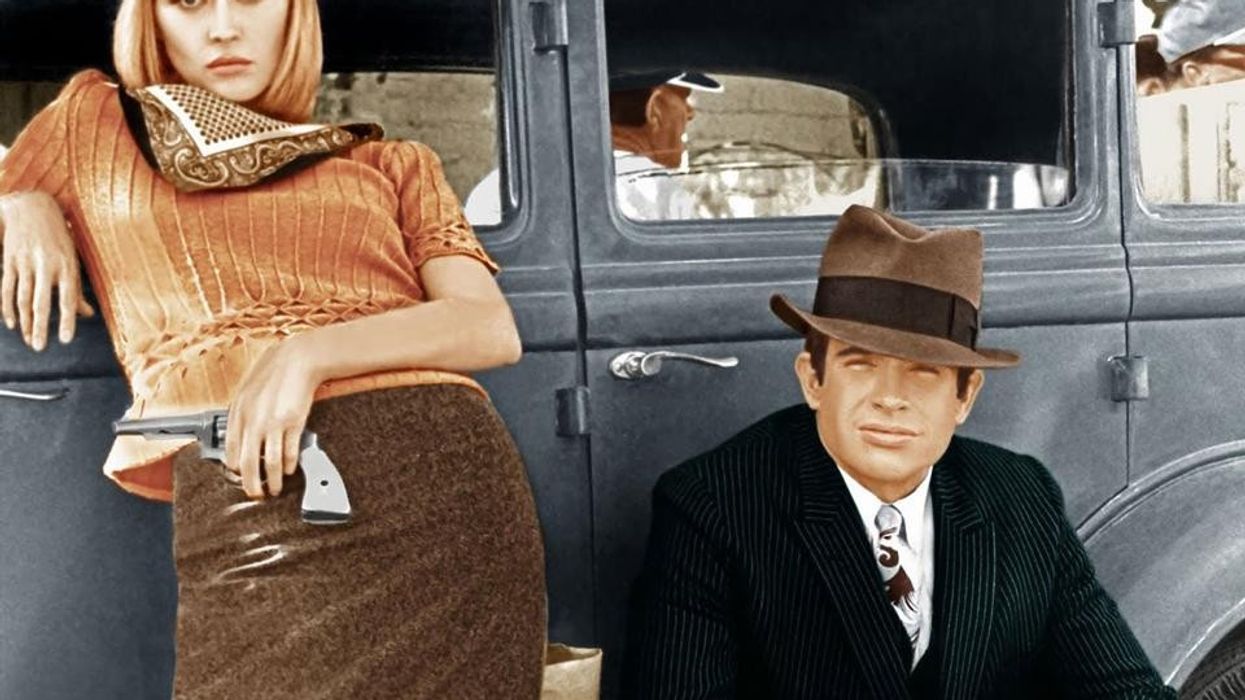What Movie Changed All of Movies Forever?
Bonnie and Clyde changed the game when it was released. Look at how it affected everything afterward.

The most exciting thing about being alive right now is that we're at the precipice of what's to come in entertainment. No one is sure what will happen next, but in the century of film before it, we've faced moments where the industry needed to change.
It did.
It survived.
And we look back at the pivotal movies that took us through the hard and weird times.
One of those times was the 1960s, when political upheaval and the Vietnam war raged. Hollywood was in similar turmoil, churning out soft movies and kiddie fare. But there was a violent and adult film brewing.
That movie was director Arthur Penn's Bonnie and Clyde, and it changed every movie that came after it, as well as influenced an entire generation and allowed them to put their own, uncensored visions onto the screen.
Check out this video essay from Now You See It and let's talk after the jump.
What Movie Changed All of Movies Forever?
In 1967, the world was not ready for Bonnie and Clyde. It introduced film language never seen before in cinema. It was highly influenced by the French New Wave, was genre-bending, and set up every movie that follows to succeed.
It had sexuality, violence, and showed how cruel the world could be.
You were rooting for the bad guys, empathizing with their plight.
Breathless and Jules and Jim were the film's biggest inspirations. Truffaut even noted the original screenplay, so there were actual fingerprints of the French New Wave on the project before it even began.
From the very opening scene to the final standoff, the movie is all about conflict.
The story challenges the norms of sexuality and morality. Clyde is impotent and cannot perform, but he can use his penis...I mean gun...to rob banks. That turns Bonnie on, and the story that follows is fueled by lawbreaking.
Bonnie even strokes Clyde's gun when he can't get it up.
No studio-backed film had ever gone to these places.
And none had ever challenged the government on The Great Depression. Arthur Penn allowed comedy to enter this narrative to subvert the anger and sadness usually surrounding the event. He let cops and bank workers die in this narrative, sacrificed to the people trying to get by.
This juxtaposition between laughing and violence enhanced the audience's experience.
As Film Critic Pauline Kael said, "Our best movies have always made entertainment out of the anti-heroism of American life; they bring to the surface what, in its newest forms and fashions, is always just below the surface. The romanticism in American movies lies in the cynical tough guy’s independence; the sentimentality lies, traditionally, in the falsified finish when the anti-hero turns hero. In 1967, this kind of sentimentality wouldn’t work with the audience, and “Bonnie and Clyde” substitutes sexual fulfillment for a change of heart."
Before Bonnie and Clyde, dark comedies were usually satirical, but the movie allowed filmmakers to play with their audience and its expectations. It was also the first to use squibs for gunshots. So, there was an element of realism injected in the story.
People could and would die in this world if they deserved it or not.
The legacy of the film is almost incalculable, aside from saying it changed every movie that came after.
It was as if a dam was broken, and artists were no longer afraid of conformity. They could branch out and try things because that worked for Bonnie and Clyde.
Up next: How Does Martin Scorsese Use the Color Red in His Films?
Filmmakers use color theory to help set the mood for their work. Lots of colors "mean" different things. You can buy into this stuff or not, but there's no denying that color sets a certain mood and tone. Some filmmakers go back to the same colors to evoke similar emotions.
For Martin Scorsese, that color is red.
Source: Now You See It













